
Ramadan, the holy month of fasting and spiritual reflection for Muslims worldwide, not only brings a time of devotion but also a unique influence on the fashion world, particularly in the realm of modest fashion. Designers find themselves inspired by the essence of Ramadan, leading to a fusion of tradition and modernity in their creations.
Ramadan inspires a design process that is mindful of religious and cultural sensitivities, emphasising modesty, comfort, and elegance. It showcases how tradition can meet modern design in beautiful and respectful ways, pushing the boundaries of what modest fashion can be.
Alaa Tarek Mohamed Ali, the founder of UAE-based concept store Stylexia, says Ramadan is a time when modest fashion transcends mere clothing and becomes a statement of faith, respect, and personal style. Stylexia’s collections blend tradition with modern style, offering pieces that cater to both the spiritual needs of fasting during the day and the celebratory gatherings at night.

“Traditional motifs are also integrated, paying tribute to cultural heritage while appealing to modern tastes.”
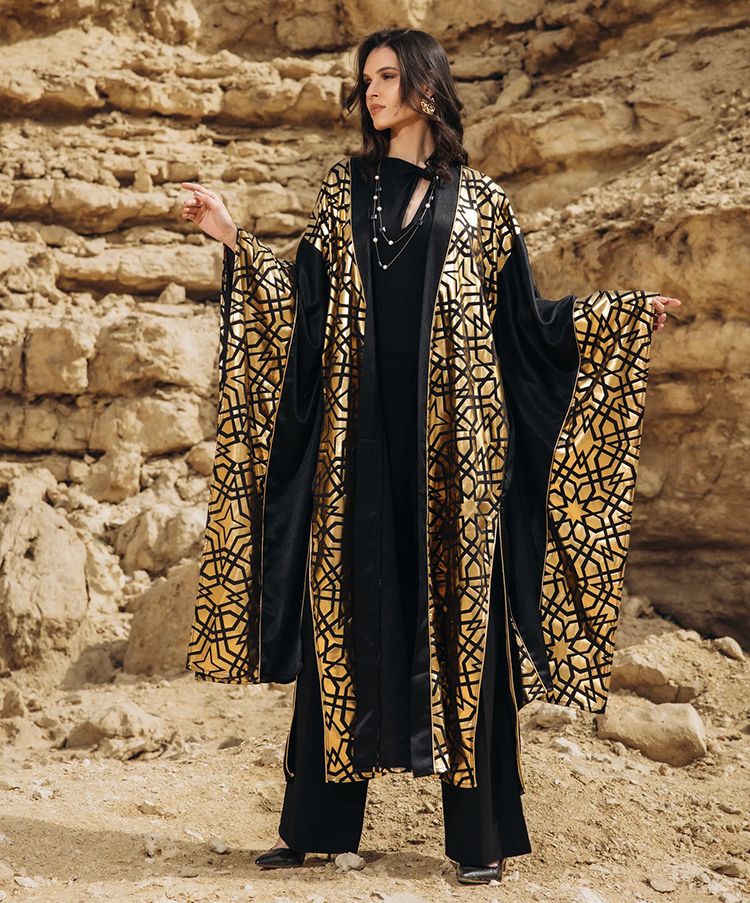
“Classic pieces are reimagined, showcasing the evolution of modest fashion,” says Ali. “Elements like breathable fabrics, elegant designs, and vibrant yet tasteful colors are chosen because they meet the need for comfort, beauty, and celebration during the holy month. Traditional motifs are also integrated, paying tribute to cultural heritage while appealing to modern tastes.”
For Eliane Sarr, Creative Director and CEO of the brand Savanna, Ramadan is a time of serenity and reflection, influencing her design process to focus on simplicity, elegance, and modesty. “Fabrics and silhouettes are carefully selected to ensure comfort and breathability, in line with the ethos of modest fashion,” says Sarr.
Ramadan inspires us to incorporate modesty, comfort, and elegance into designs, catering to the religious and cultural values of the month. Lightweight fabrics, loose silhouettes, and breathable designs are favored, reflecting the modest fashion trends embraced by many during Ramadan.
“Clients opt for silhouettes which are stylish and easy to wear,” says Anum Rajwani, a well-known fashion designer with the eponymous label Anum Rajwani. “Elements such as long sleeves, high necklines, and flowing garments become more prominent during this time, reflecting the modest fashion trends embraced by many during Ramadan.”

“Fabrics and silhouettes are carefully selected to ensure breathability, in line with the ethos of modest fashion.”
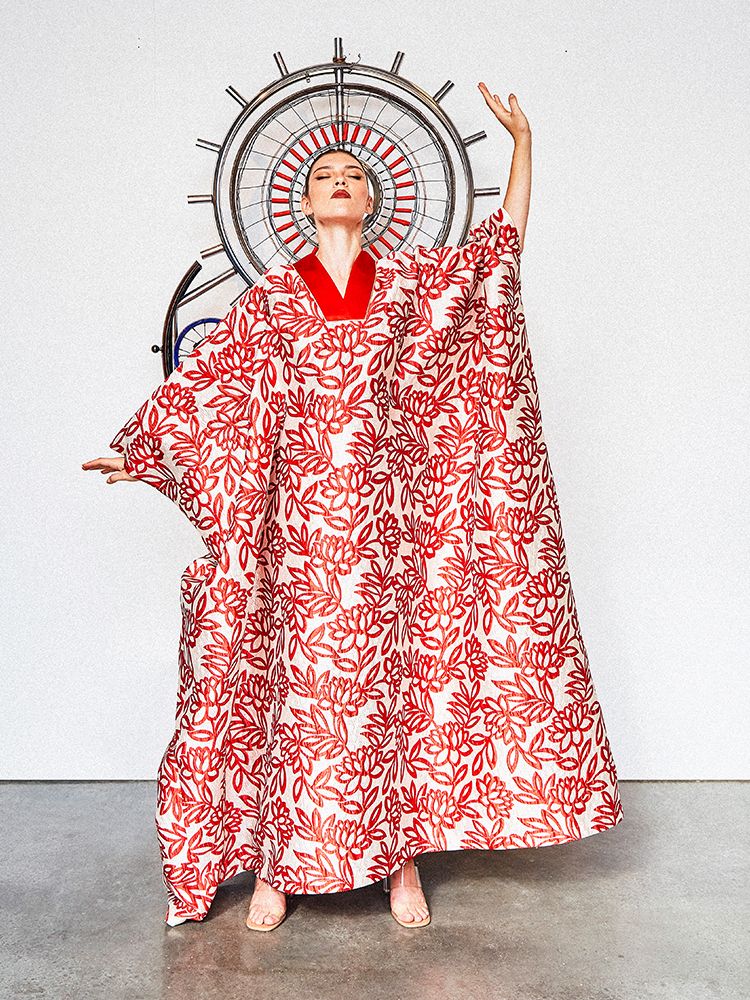

Nabila Shaikh, owner of a modest wear brand, Enchanting Bella, recognises Ramadan’s focus on elegance, modesty, and cultural sensitivity. She pays attention to incorporating flowing fabrics, longer hemlines, and looser silhouettes to ensure comfort and modesty during fasting and prayer.
“Additionally, Ramadan influences colour palettes, with a preference for more muted tones and modest embellishments that exude sophistication without being overly flashy,” says Shaikh. “Cultural motifs and traditional craftsmanship may also inspire design elements, celebrating the diversity and richness of modest fashion around the world.”
Hazar Haute Couture, a luxurious Bridal and evening wear boutique in Dubai, focuses on details that reflect modesty while maintaining the aesthetics of their gowns. They design pieces that are less revealing, focusing on outwear like dramatic capes, removable sleeves, boleros, and detachable overskirts to add sophistication, modernity, and style. “We also focus majorly on outwear that can add that layer of sophistication, modernity and style so you will be seeing, dramatic capes, removable sleeves, boleros and detachable over skirts,” says a spokesperson for the brand.
A reflection of societal shifts
During the season, the fashion world is seen preparing for a transformation that goes beyond just clothing. Designers and brands are noticing a surge in interest for styles that beautifully blend age-old craftsmanship with contemporary flair, reflecting broader societal shifts towards valuing sustainability, heritage, inclusivity, and personal expression.
As Ali notes, Ramadan fashion is evolving to reflect significant global shifts — a celebration of individuality and a deeper commitment to the planet. Her curated collections aim to resonate with the spirit of Ramadan while reflecting modern concerns and desires, such as uniqueness and ethical choices.

“Additionally Ramadan influences colour palettes, with a preference for more muted tones.”
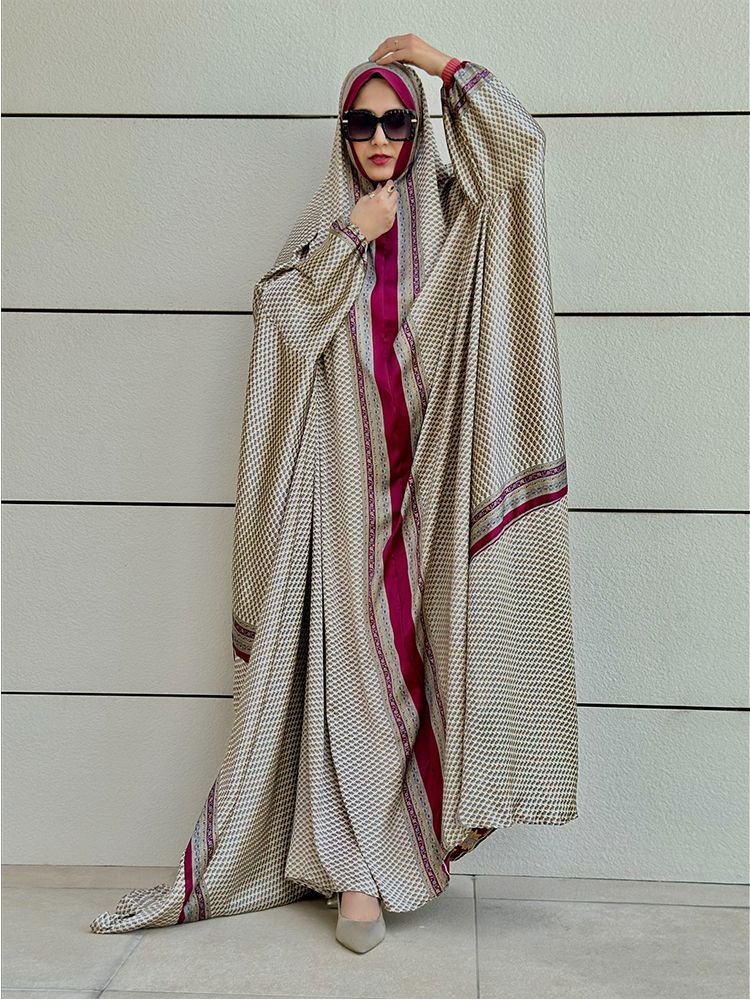
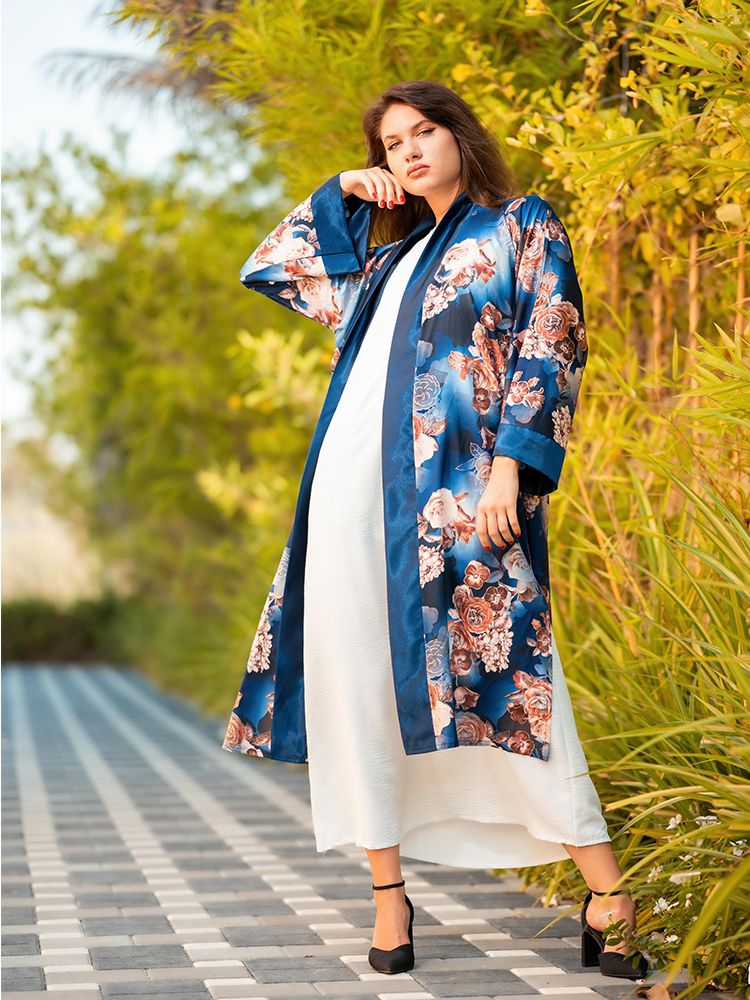
“It offers a glimpse into the future direction of fashion — one that champions openness, creativity, and connection,” she says. “It’s a testament to where we’re collectively heading, embracing a world that’s increasingly unified and conscious.”
Ramadan’s influence on modest fashion is not just about clothing; it’s about reflecting the values and aspirations of a changing society. As designers and brands continue to innovate and cater to diverse needs, it also creates a fashion narrative that is both timeless and relevant to today’s world.
While describing how modest fashion during Ramadan gracefully embraces the rich tapestry of cultural nuances in the UAE, Sarr says the trend is inclined towards more versatile pieces designed to effortlessly transition from day to evening wear, mirroring the dynamic lifestyles of this festive month.
Anum Rajwani observes that modest fashion is evolving to meet the changing needs and preferences of clients, reflecting broader societal shifts towards inclusivity and sustainability. “Traditional kaftans are trending with modern aesthetics, appealing to a diverse audience and reflecting cultural heritage while embracing contemporary fashion sensibilities,” says Rajwani.

“Elements such as long sleeves, high necklines, and flowing garments become more prominent during this time.”
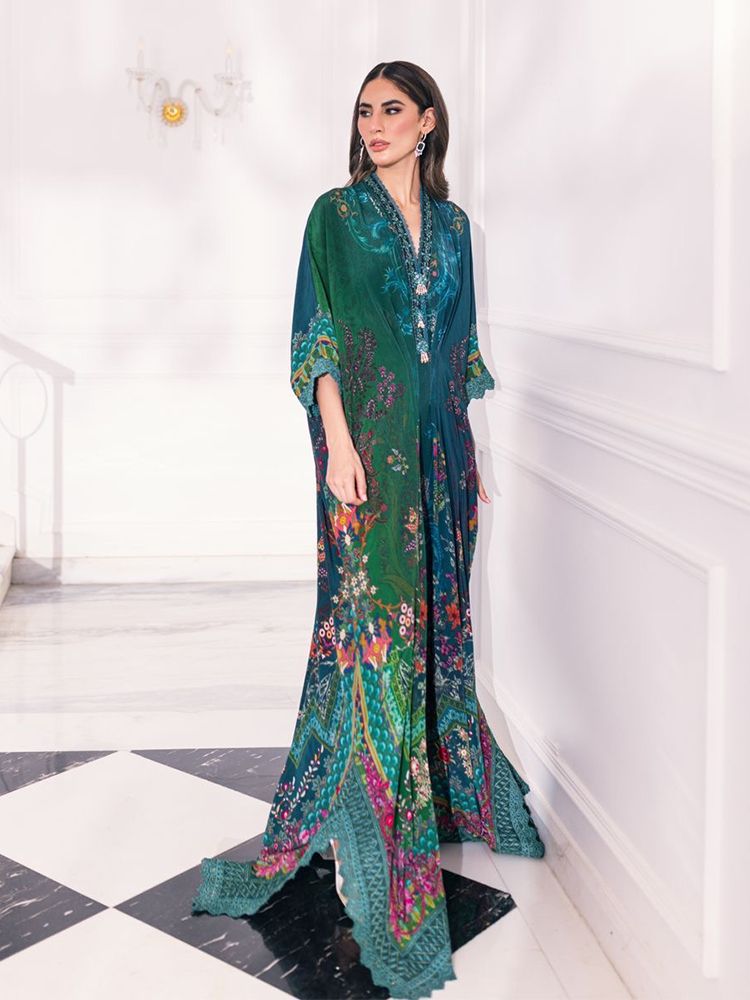
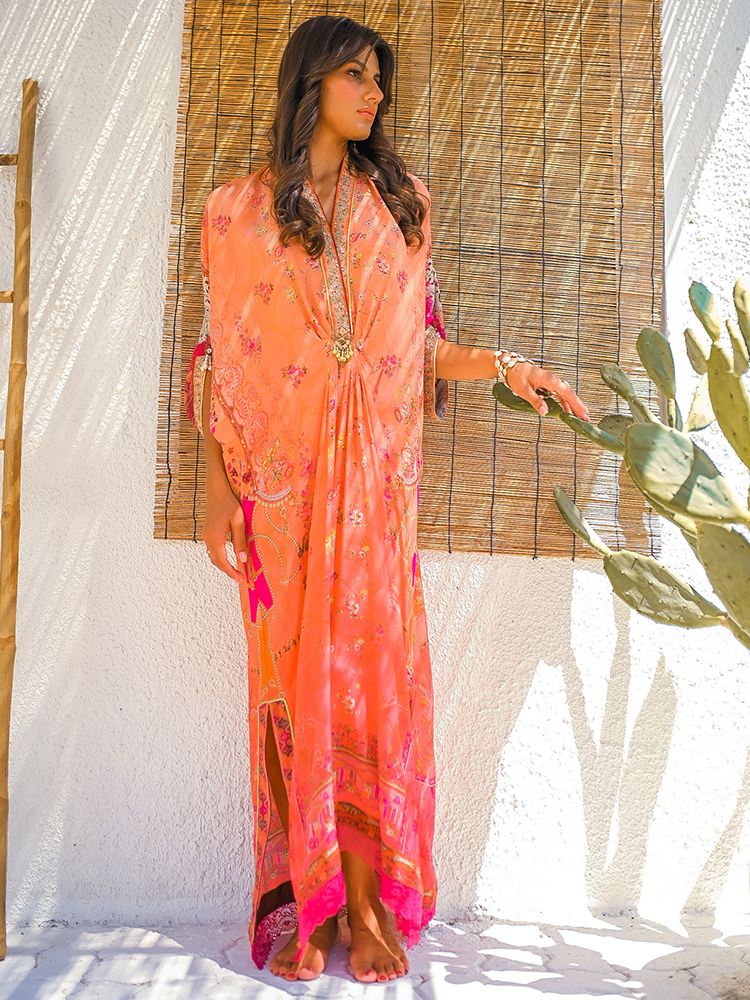
There’s an increasing emphasis on versatility and comfort in modest fashion, and a growing appreciation for modern interpretations of traditional styles, and inclusivity within modest fashion. The trends reflect broader societal shifts towards inclusivity, sustainability, and individual expression.
“Customers seek lightweight, breathable fabrics and designs that offer both modesty and ease of movement,” says Shaikh. “Moreover, inclusivity is becoming more prominent within modest fashion during Ramadan. Brands are catering to diverse body types and cultural backgrounds, offering a wider range of sizes and styles to accommodate various preferences and needs.”
Balancing tradition with innovation
In the world of fashion, balancing tradition with innovation is an art form that requires creativity, respect for heritage, and a keen understanding of contemporary trends. For designers in the modest fashion industry, this balance is particularly crucial, as they strive to honour cultural and religious traditions while creating designs that resonate with modern audiences.
Ali compares this balance to a chef blending classic and modern flavours in the kitchen. At Stylexia, designers respect traditional beauty and cultural depth while adding contemporary touches that appeal to today’s tastes. The Ramadan collection features eco-friendly materials and modern digital prints inspired by Islamic art, alongside classic silhouettes crafted with fresh fabrics and eye-catching details.
“Consider how a traditional abaya might be reimagined with new materials or how a kaftan could be updated with bold patterns,” says Ali. “These innovations are not just about creating something new but about creating pieces that speak to the present moment while honoring the past.”
Designers in the modest fashion industry navigate the delicate balance between tradition and innovation by honouring heritage while embracing modernity. Their creations not only reflect the rich cultural tapestry of the region but also push the boundaries of what modest fashion can be, offering a diverse range of options that celebrate identity while keeping individuals stylish and comfortable.
In that respect, Savanna reinterprets traditional elements such as intricate embroidery or cultural motifs in a modern context. “We use innovative cuts and fabrics to create unique pieces that resonate with a diverse audience,” says Sarr.
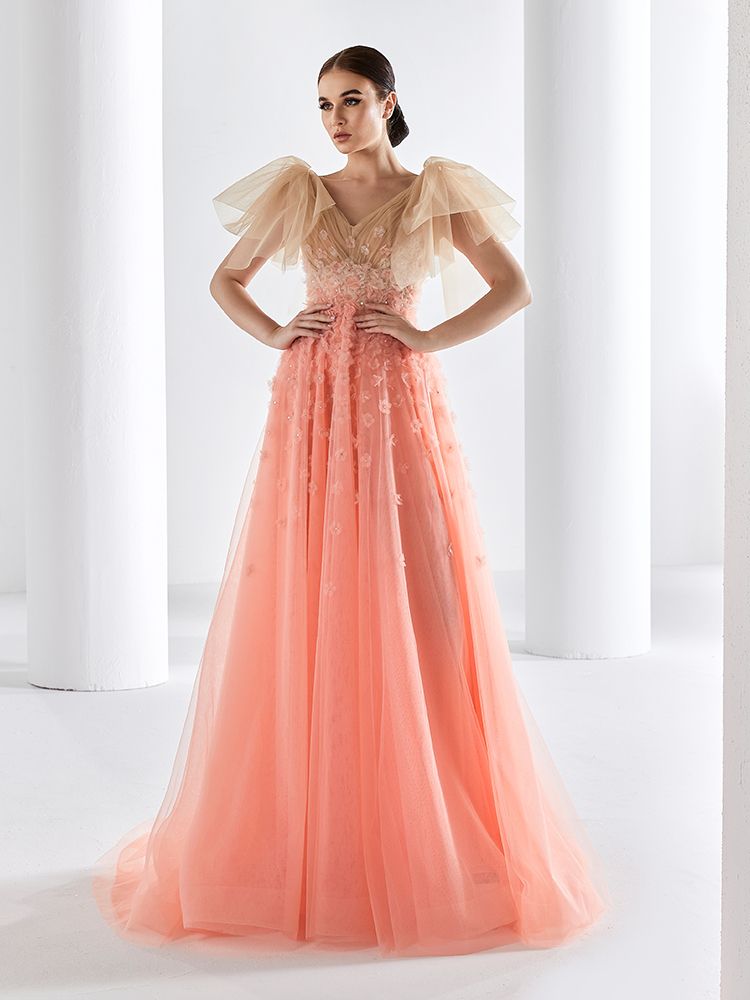
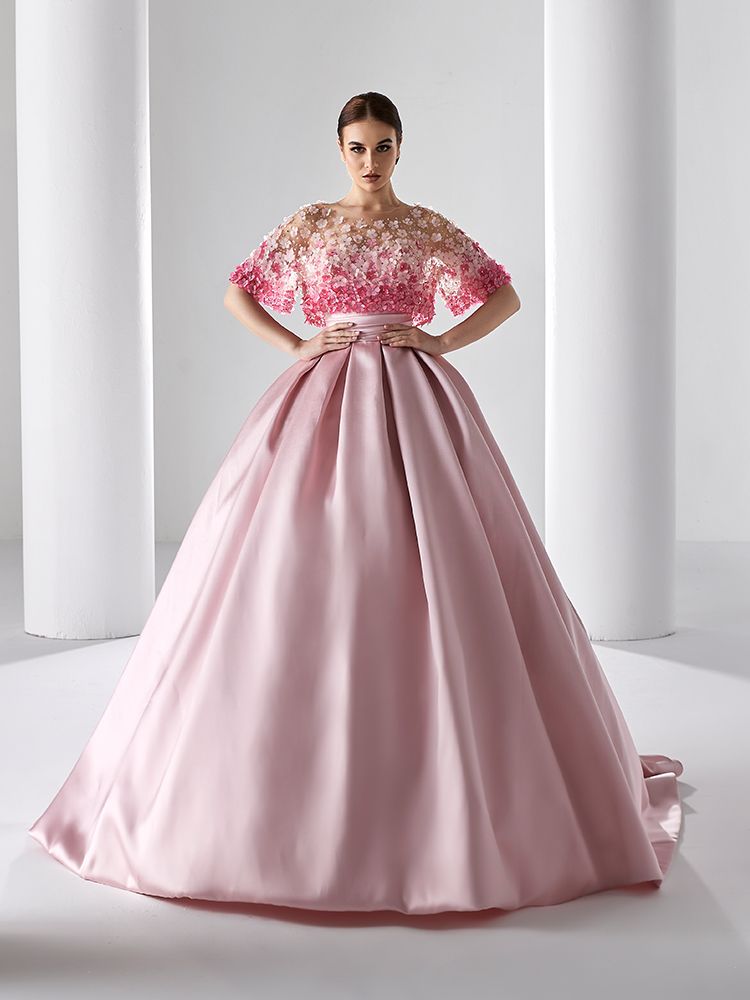
Anum Rajwani studios draws inspiration from cultural heritage, “incorporating traditional touches with modern aesthetics to create unique and relevant pieces that resonate with contemporary audiences.”
Shaikh talks about the importance of paying close attention to customer feedback and market trends to understand how we can evolve our designs while staying true to our brand’s identity. This might involve collaborating with artists, designers, or technologists to explore new ideas and techniques that push the boundaries of modest fashion without compromising on its core values. “Traditional embroidery patterns may be applied in contemporary ways, or new fabrics may be used that offer both modesty and comfort,” she says.
Hazar Haute Couture maintains a luxurious aesthetic in a very modest way, balancing tradition and innovation through the play of silhouettes. Their recent collection is an ode to the Golden Era of Hazar, bringing out new sensibilities with fresh, contemporary designs while maintaining a commitment to using only the finest materials.
Embracing individuality and inclusivity
As the fashion world is abuzz with designers meticulously crafting collections that honour the spiritual significance, for designers Ramadan is also an opportunity to create pieces that not only resonate with the reflective and joyous nature of the month but also celebrate cultural diversity and individuality.
Stylexia’s designers blend timeless motifs with contemporary styles, offering a diverse range of pieces that cater to all tastes. By marrying cultural heritage with modern trends, Stylexia delivers pieces that not only honor Ramadan’s holiness but also celebrate the unique styles and individuality of its clients.
“Ramadan isn’t just about choosing outfits; it’s about crafting experiences that resonate with the month’s spiritual essence,” says Ali. “We consider the UAE’s wonderfully diverse audience. Fashion is a constantly shifting language, and our community’s tastes are as diverse as they come. We aim to cater to all by blending timeless motifs with contemporary styles — think of it as creating a playlist with both evergreen classics and the latest hits.”
Savanna approaches designing for Ramadan with a commitment to celebrating cultural diversity and embracing innovative sartorial expressions. “This season’s kaftan integrates a West African silhouette cut, symbolising a harmonious blend of tradition and modernity,” says Sarr.
Anum Rajwani studios prioritizes comfort and functionality while ensuring that designs maintain cultural authenticity and sensitivity to diverse preferences. “Kaftans are an essential part of the wardrobe especially in the Middle East,” says Rajwani. “Our clients in the region recognise our designs for the traditional attire which have been made more eclectic, colorful and with radiant prints and styles.”
Subtle embellishments and elegant silhouettes resonate with the spiritual ambiance of the month, while versatile pieces transition seamlessly from daytime prayers to evening gatherings.
“We ensure that our collections include versatile pieces that can transition seamlessly from daytime prayers to evening gatherings, embracing the spirit of modesty and grace,” says Shaikh. “Moreover, we recognise that modest fashion transcends religious boundaries, especially during iftar and suhour parties, where individuals from diverse backgrounds come together to celebrate. Non-Muslims often seek stylish abayas and modest wear that exudes elegance and sophistication, making them feel comfortable and confident during these gatherings.”
Hazar Haute Couture pays attention to details, styles, and designs, creating a range of dresses that cater to the personality of their audience in a respective and modest way. Each garment is designed to make the individual feel empowered, elegant, and chic, aligning with their taste, values, and uniqueness.












